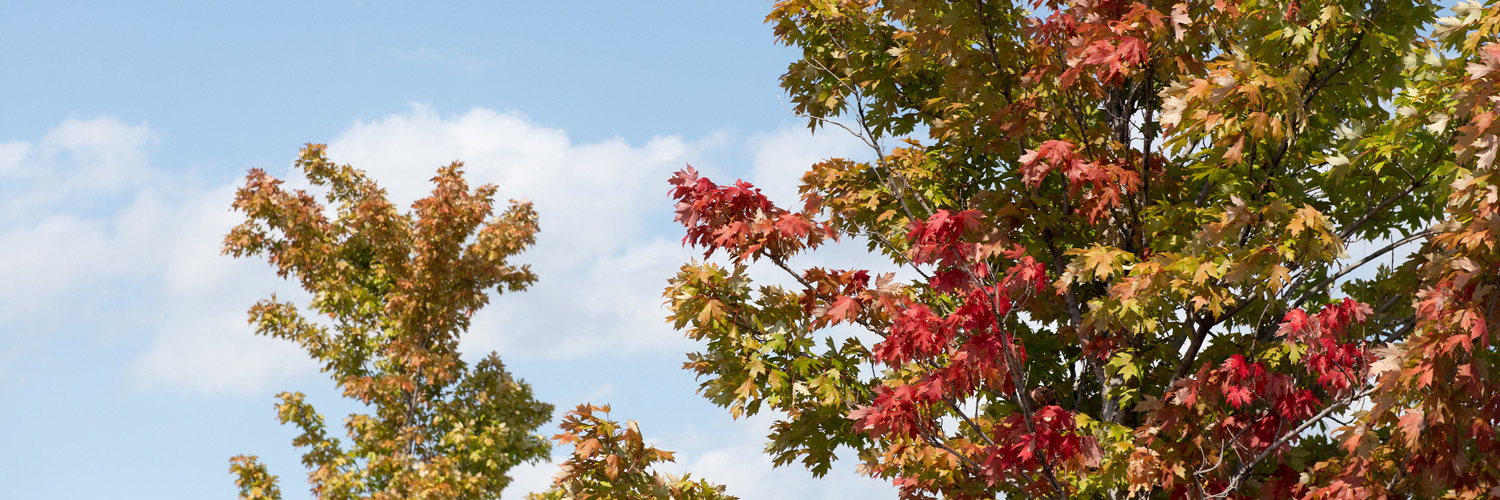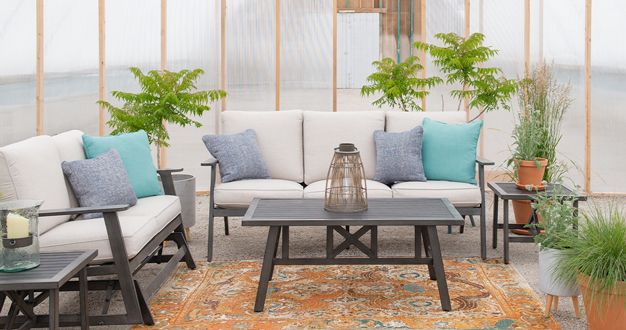
While spring is an exciting time to get outside and plant, fall is a wonderful time to make additions to your landscape too – some may even argue that it’s the best time to plant new trees, shrubs, and perennials. That’s because the weather, soil, and biology of the plant are all geared to encourage a strong head start for fall-planted landscapes – an advantage they carry into the spring and beyond.
Here, we explain some of the advantages fall planting provides both you and your plants. And we share a few timing and planting tips to help you plan all your fall planting projects.
The Prime Time for Growing Roots
As we like to say, the roots are the engine of the plant. Whenever we plant something new, a key concern is getting that important root system established, and in the fall, everything in the plant and its environment work together to encourage the quick development of strong, healthy roots. For one, as days get shorter and air temperatures start to drop, plants get the signal that it’s time to start shutting down in preparation for winter. That means putting more energy into developing roots rather than making new foliage and flowers as they do in the spring.
Another boost for root development in the fall is the soil temperature. At spring planting time, soil temperatures can be pretty chilly – still catching up with the quickly warming air temperatures. But in the fall, it’s just the opposite. Although the air temperature is beginning to drop, the soil is still warm from the summer heat and will continue to lag behind the air temperature for a while longer. Warm soil provides the perfect growing environment for plants that are already eager to produce roots this time of year.
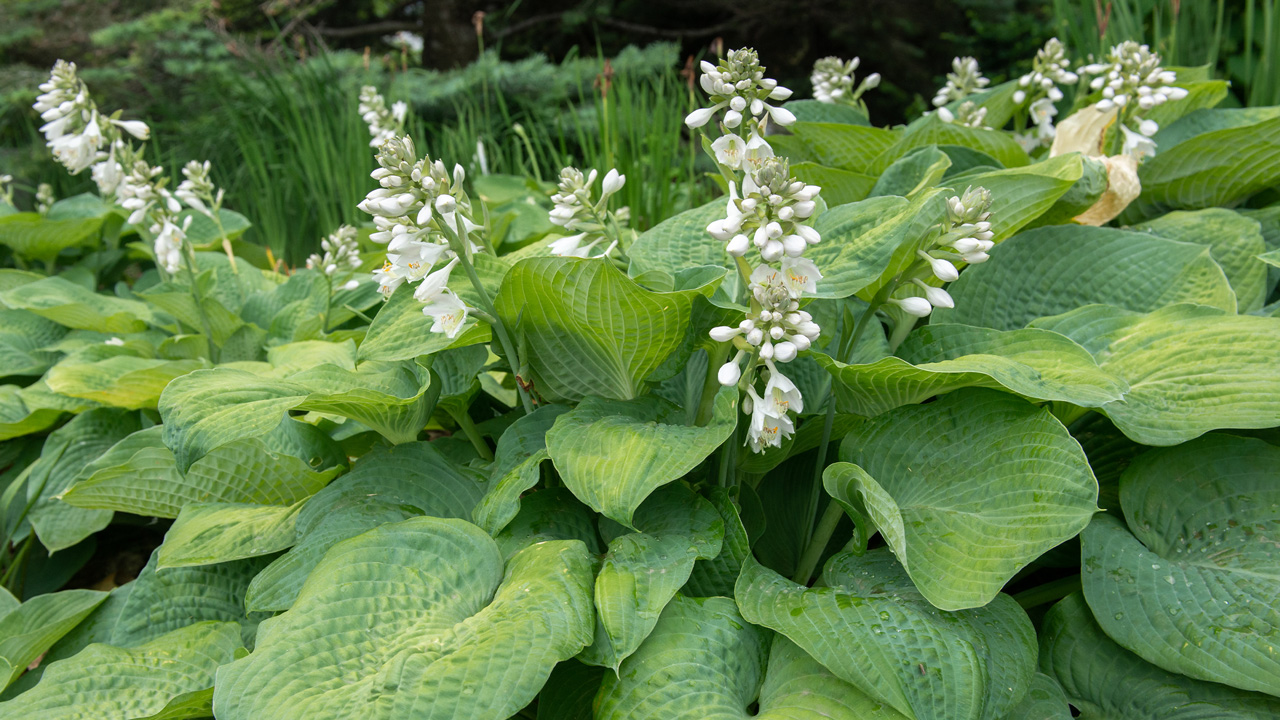
Fall’s Pleasant Weather
As we move into late September, the summer heat melts away, and we’re left with pleasantly cool days, chilly nights, and less humidity. Besides being more enjoyable for us to work outdoors, moderate fall weather is beneficial to new landscape plants too. Less intense sun, lower humidity, and cooler nights make it less stressful for plants to get established. There aren’t as many weeds to compete with or bugs to deal with either. And more regular, moderate rainfall in the fall helps everything along.
This relatively stress-free, supportive environment makes fall a great time to divide and replant things like hostas, daylilies, rhubarb, and many others too.
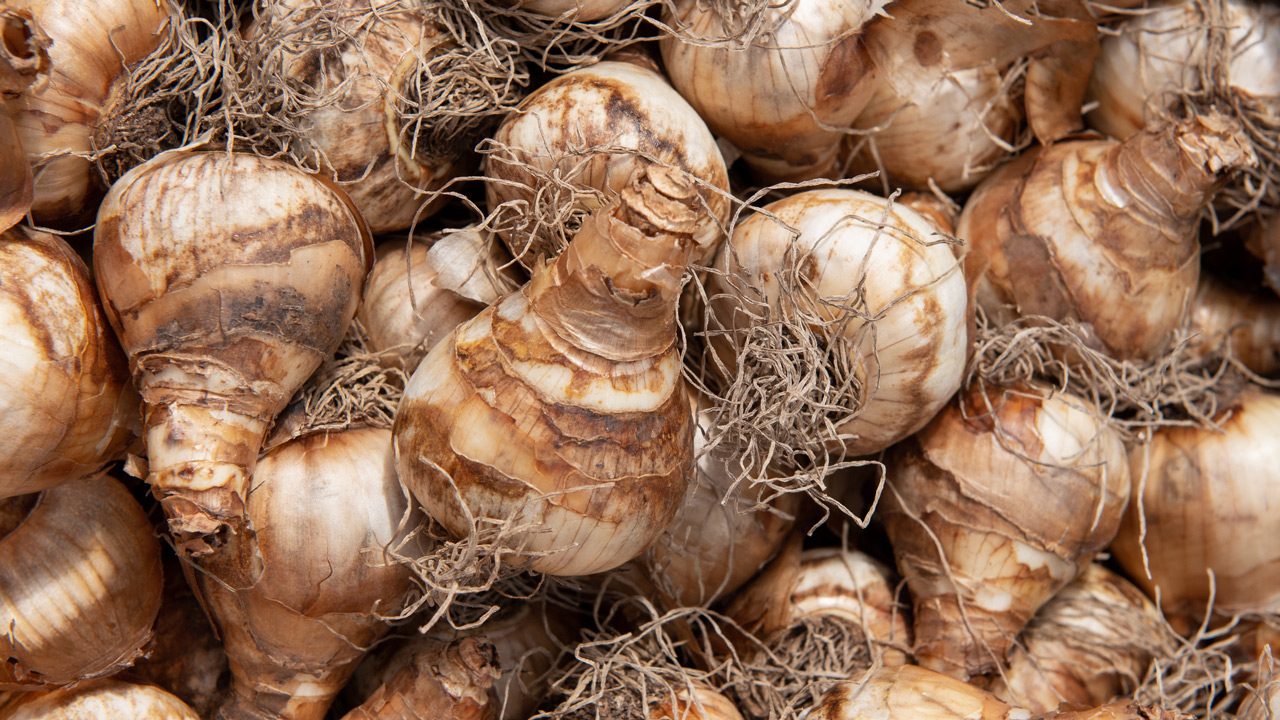
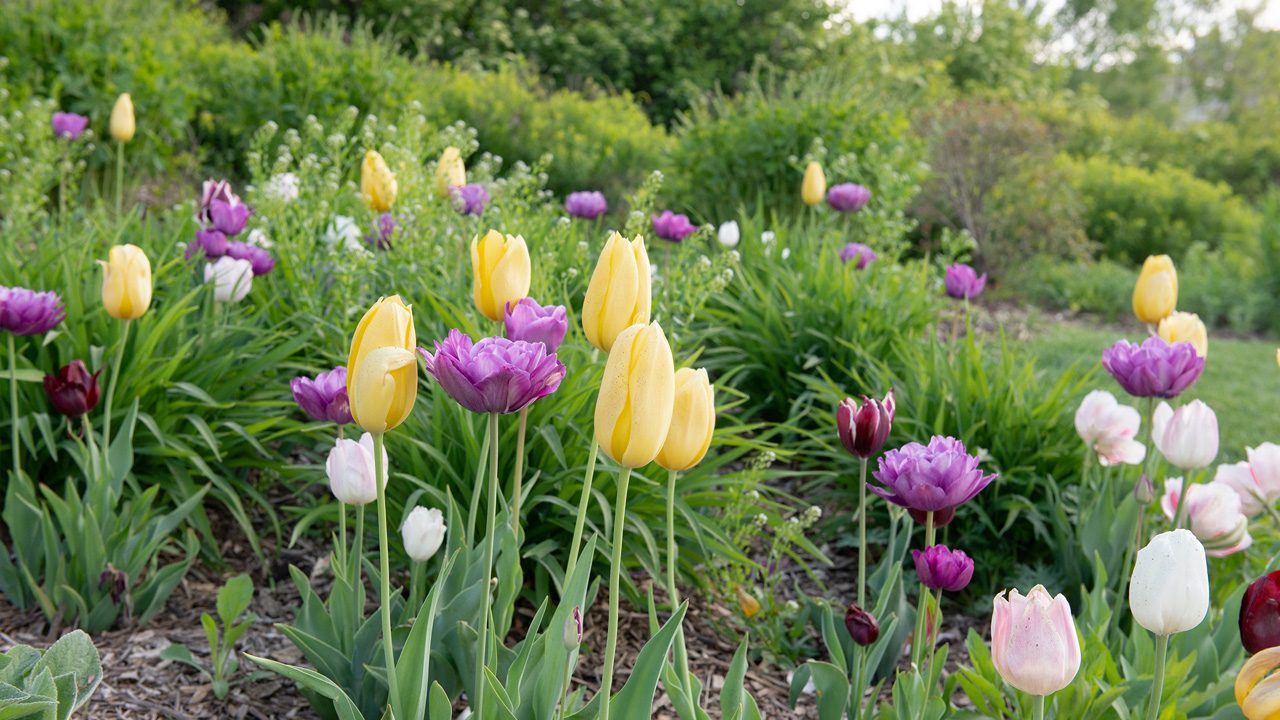
A Jump Start on Spring + Summer
When we plant in the fall, we may not got the instant gratification of new flowers and foliage right away, but planting a season ahead and practicing patience has big benefits for your landscape.
Plants put in the ground in the fall have a head start on spring-planted ones, and it’s an advantage they carry through the whole growing season. When the first signs of spring arrive and the soil begins to thaw, fall-planted landscapes are ready to take off with new growth powered by those healthy, established roots. Whereas new additions in the spring have yet to get in the ground still. And compared to spring-planted landscapes, fall additions are more prepared for the challenges that come with next summer’s heat and humidity too.
Of course, spring-flowering bulbs – like tulips, hyacinth, daffodils, and fritillaria – need to experience an extended cold season in the ground in order to develop and flower properly. For them, fall planting is essential, but you’re rewarded for your patience and pre-planning with a colorful early-spring display that appears long before anything else is waking up in the garden.
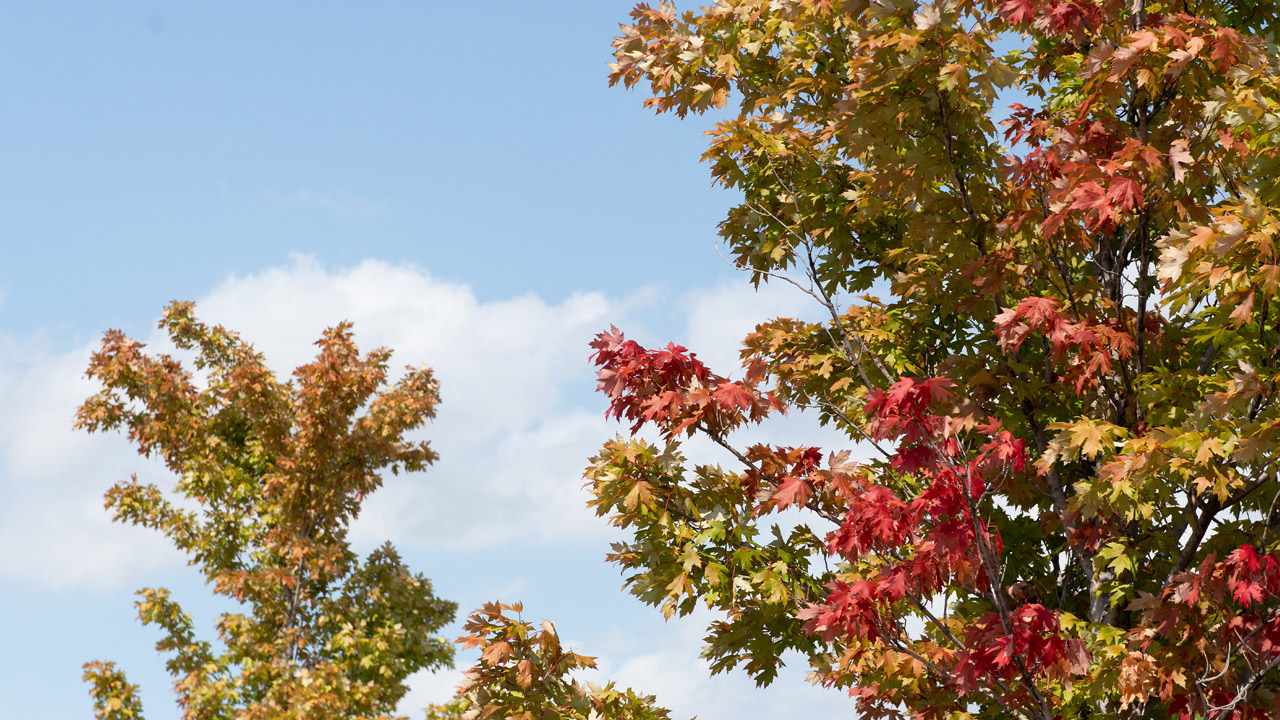
When to Plant
As you’re planning your fall to-do list in the landscape, keep in mind that how late you can extend your planting projects varies a bit, depending on the type of plant. Each year’s weather has a big impact too – lately, we’ve seen frost- and freeze-free weather extend further and further into the fall. But there are a few guidelines we can follow.
For example, potted deciduous trees and shrubs have the widest window for fall planting. With those nice roots already growing in their containers, they can be successfully planted from now until the ground is no longer workable. In our area, the ground doesn’t normally freeze completely until November or December. If you’re planting a bare-root tree or shrub with a tiny root ball though, it’s best to wait to plant until late winter or early spring so they’ll have plenty of time for the a healthy root system to develop before the next winter.
With herbaceous perennials and evergreens, however, planting time is a little more limited. Perennials often have smaller root systems to start and need extra time to get established – six weeks is a general rule – before frosts arrive and the soil moves toward freezing temperatures. Conifers like pine, spruce, and juniper need that extra time to build a good root system too because they keep their needles year-round and are more prone to drying out in the winter wind and dry air. The same is true for broadleaf evergreens like rhododendrons, boxwood, and holly.
And while September is a great time to shop for fall bulbs and find the best selections, don’t be in too much of a hurry to plant them. Instead, you’ll want to let the ground temperatures cool to around 55°F or so. Depending on the weather, this might not happen until sometime in October. Otherwise, if you plant when the soil is still warm, the bulbs might think it’s spring and start growing too soon. For the best spring display, they need to stay asleep for now.
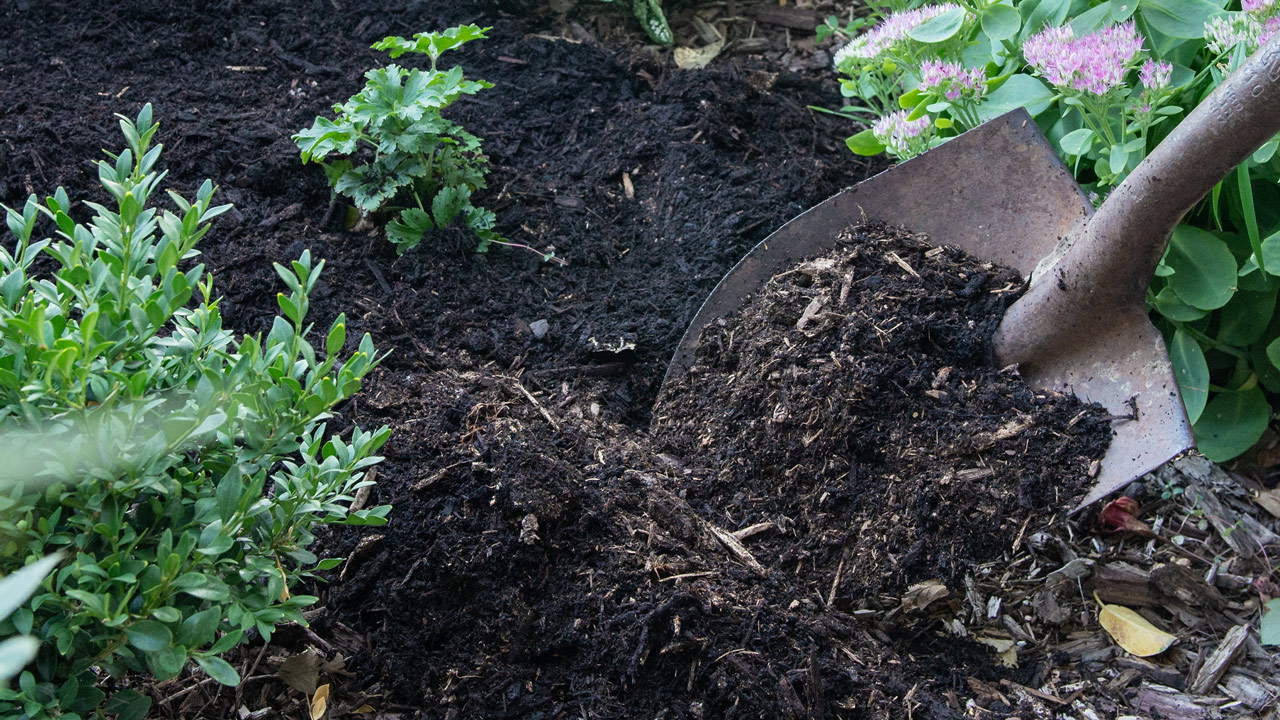
Mulch, Mulch + Other Tips
The best thing we can do for our plants during fall planting is to mulch. A three-inch layer of organic mulch in the landscape conserves moisture in the soil, which helps roots get established. Mulch also insulates the soil, keeping its temperature warmer longer and giving roots a little more time in the season to grow before the ground freezes. And throughout the winter, mulch moderates soil temperature, minimizing rapid swings between freezing and thawing that can heave and crack soil to expose newly planted roots.
In addition to mulch, make sure your new plants receive about one inch of water each week – including rainfall – to keep the soil moist but not soggy. And don’t worry about fertilizer. Regular fertilizer encourages new foliage to grow, which works against the plants’ plan to shut down top growth and focus on root growth in the fall. If you’d like, you can use a root stimulator at the time of planting, but because fall plants are already busy forming roots, that isn’t always necessary.
Enjoy Fall in Your Garden
The coming weeks are a wonderful time to get out and enjoy the beauty and pleasant weather that fall brings – while making those additions to your landscape too. Stop by the Nursery Yard and pick out a few new favorites to get in the ground this fall. Come spring, we bet you and your plants will be glad you did. And if you have questions, just ask. We’re always here to help.

